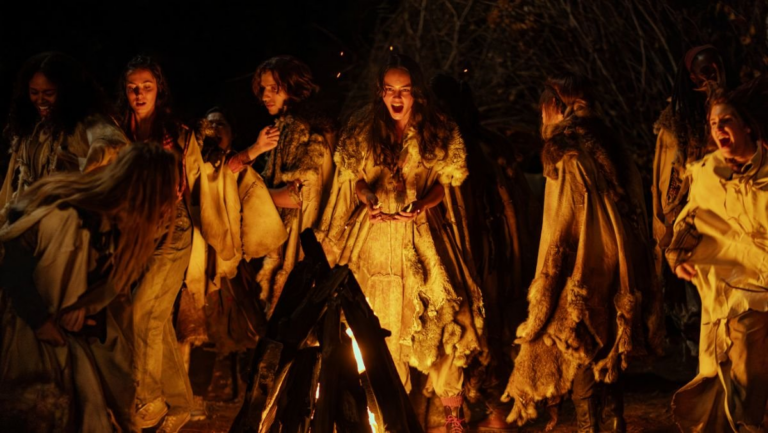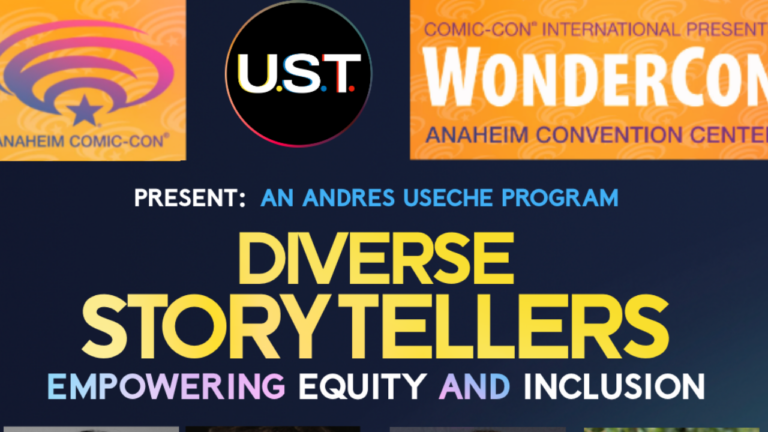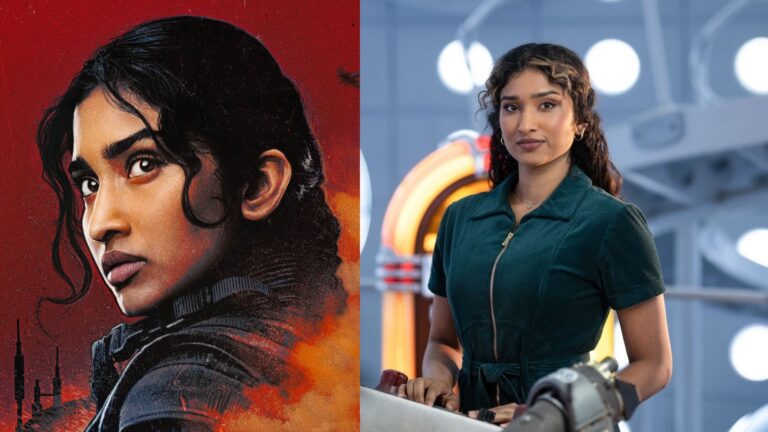Podcast: Play in new window | Download (Duration: 25:10 — 22.2MB) | Embed
Subscribe: Apple Podcasts | Spotify | Android | iHeartRadio | RSS
Brandon Loran Maxwell, the writer-director behind the indie documentary sensation “American Homeboy: Portrait Of A Street Revolution”, is redefining filmmaking in the digital age. His film, a deep dive into the history of Mexican American pachuco and cholo culture, has taken an unconventional path to success, leveraging AI technology and a grassroots distribution strategy to reach a wide audience.
Interview with Brandon Loran Maxwell, Director of American Homeboy
Brandon Loran Maxwell is a writer, director, and founder of Chela Media, a digital multimedia company focused on creating content for Mexican American audiences. His debut film, American Homeboy, is a testament to his innovative approach to filmmaking and his commitment to telling authentic stories.
‘American Homeboy” challenges stereotypes and highlights the resilience of Mexican Americans in the face of historical adversity
“American Homeboy” made waves earlier this year by selling out independent theaters across the country, all without the backing of a studio. Maxwell, a first-time director, personally negotiated with theaters and built a dedicated fanbase before securing a distribution deal with Apple TV and Amazon Prime.
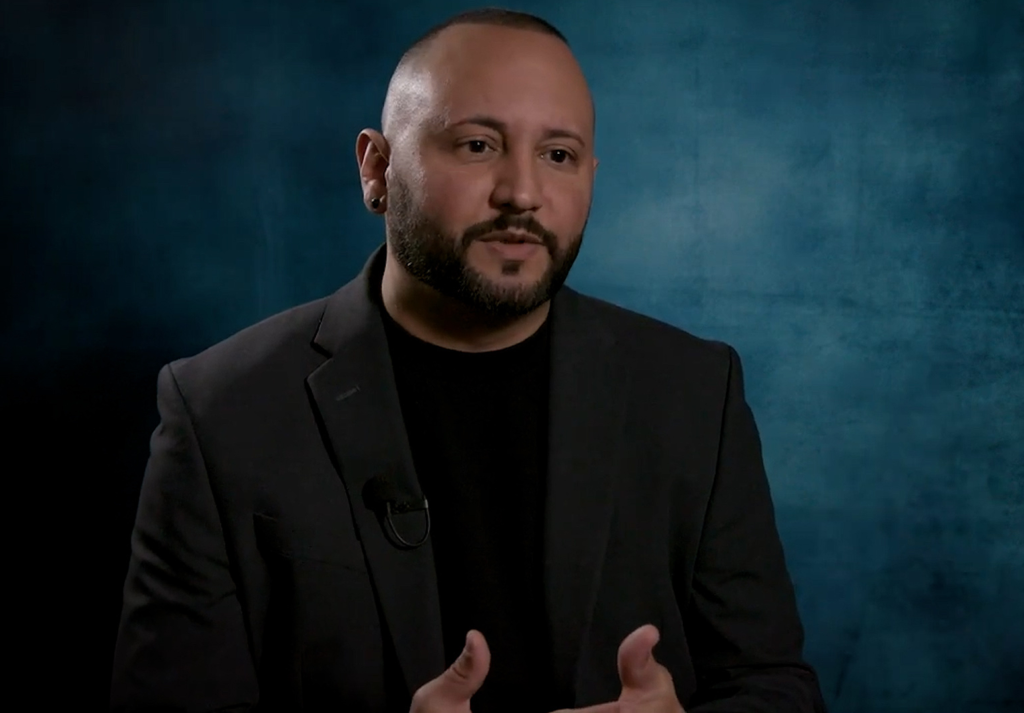
“I wanted to make history accessible to everyone,” says Maxwell, who also founded the multimedia company Chela Media in 2022. “By using AI to restore rare archival footage, we were able to bring the past to life in a way that resonates with modern audiences.”
Everybody thinks that I’m like some technological guru, but I’m not. I don’t even like technology that much. But it has some amazing potential and it empowers people in a way that it didn’t used to. And so somebody like me can raise a little bit of money and be able to make this entire film utilizing that technology. You know, with this footage. A lot of it was so old; it was shot on a different frame rate. It was shot with fewer pixels. So it just doesn’t translate to modern screens, which are mostly 1080 and 4K. And so we used AI to upscale the footage. E essentially, when you’re bringing the footage larger, you lose pixels, so it becomes blurry and doesn’t look good. So AI can fill in all of those missing pixels in a way that helps look even better on modern televisions. And so we did that and we used it to smooth out some footage.
The film, shot over three years and edited in just 90 days, explores the origins and evolution of pachuco and cholo culture, challenging stereotypes and highlighting the resilience of the Mexican American community. Maxwell’s innovative use of AI allowed him to restore and enhance 20 terabytes of footage, creating a visually stunning and historically rich experience.
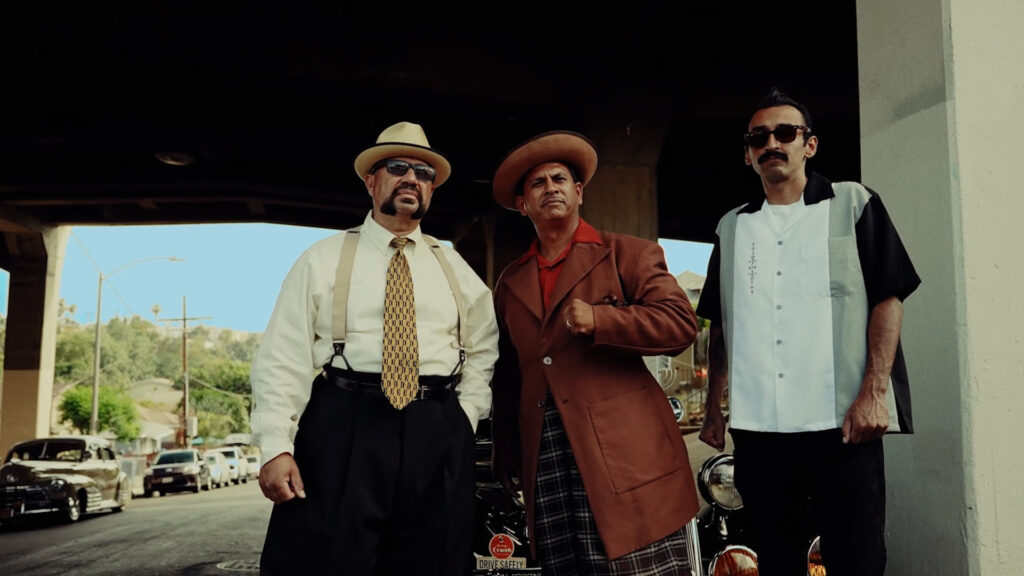
American Homeboy features interviews with prominent figures such as Estevan Oriol, Charley Trujillo, and Luis Rodriguez. Which offered diverse perspectives on the cultural phenomenon. The film has garnered significant attention for its authentic portrayal of a community often misrepresented in mainstream media.
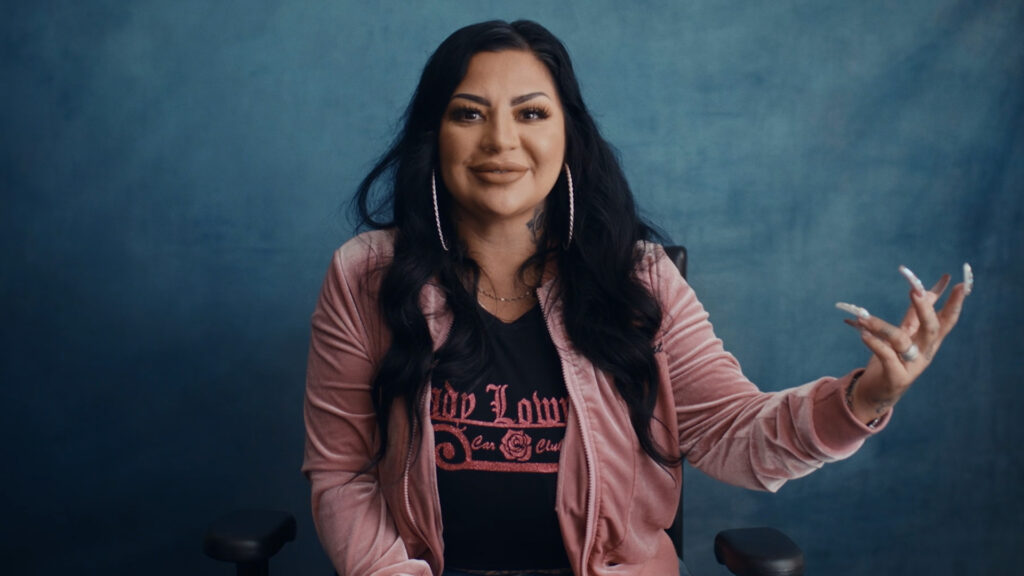
I grew up around this subculture, I’m still a part of it. But growing up, I was into low riding. My first car was a 67 Impala. I was involved with gangs growing up for a long time. I went through the system like a lot of people. I’ve got a bunch of Chicano tattoos all over me. It was just something that we did. I didn’t think a lot about it because everybody around me did the same thing. But as I got older and went to college, then got into politics and writing, I began to reflect on my upbringing, and I was fascinated by the whole thing. The impact the subculture still had on me. It was such a unique, distinct subculture. And so I wanted to write an essay that sort of explores some of that history because the way that that subculture is portrayed in television, in movies, and a lot in the media, is not necessarily the subculture I was familiar with. I knew it to be something slightly different. And so I wanted to expand on that a bit. I wrote an essay; it went viral. And so I said to myself, maybe I should expand on this essay through a visual medium. And we came across some old archival footage; we took the archival footage. We used AI to restore that footage and did interviews over three years and put the film together.
Reflecting on the Film’s Impact and the Importance of Preserving Chicano History
For Maxwell, the filmmaking process was both therapeutic and cathartic. It allowed him to revisit and process a significant period in his own life. He emphasized the importance of sharing this history with a wider audience. Particularly the younger generation who may have a romanticized view of the subculture due to social media.
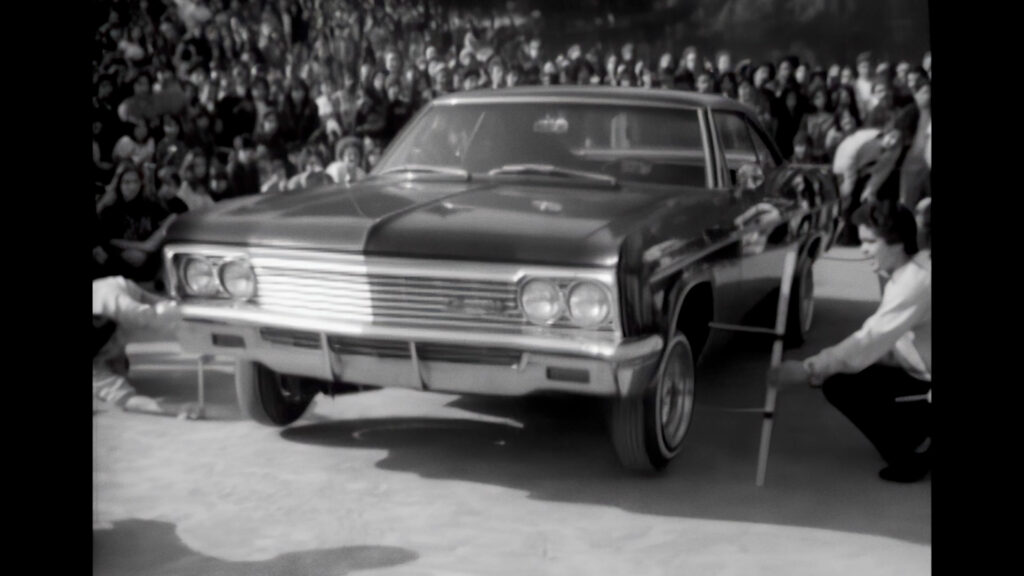
“Social media has created this age where you can kind of like, pretend you’re something when you’re actually not and have no real connection or understanding of that history,” Maxwell explained.
He stressed the importance of documenting and passing down this cultural legacy. As well as acknowledging that future generations will inevitably add their own interpretations and experiences.
The film’s success is a testament to the enduring relevance of this history. “American Homeboy” sold out theaters in 35 cities. Making it the best-selling Mexican-American or Latino documentary to date. Maxwell recounted the overwhelming response from audiences who connected deeply with the film’s themes and portrayal of their lived experiences.
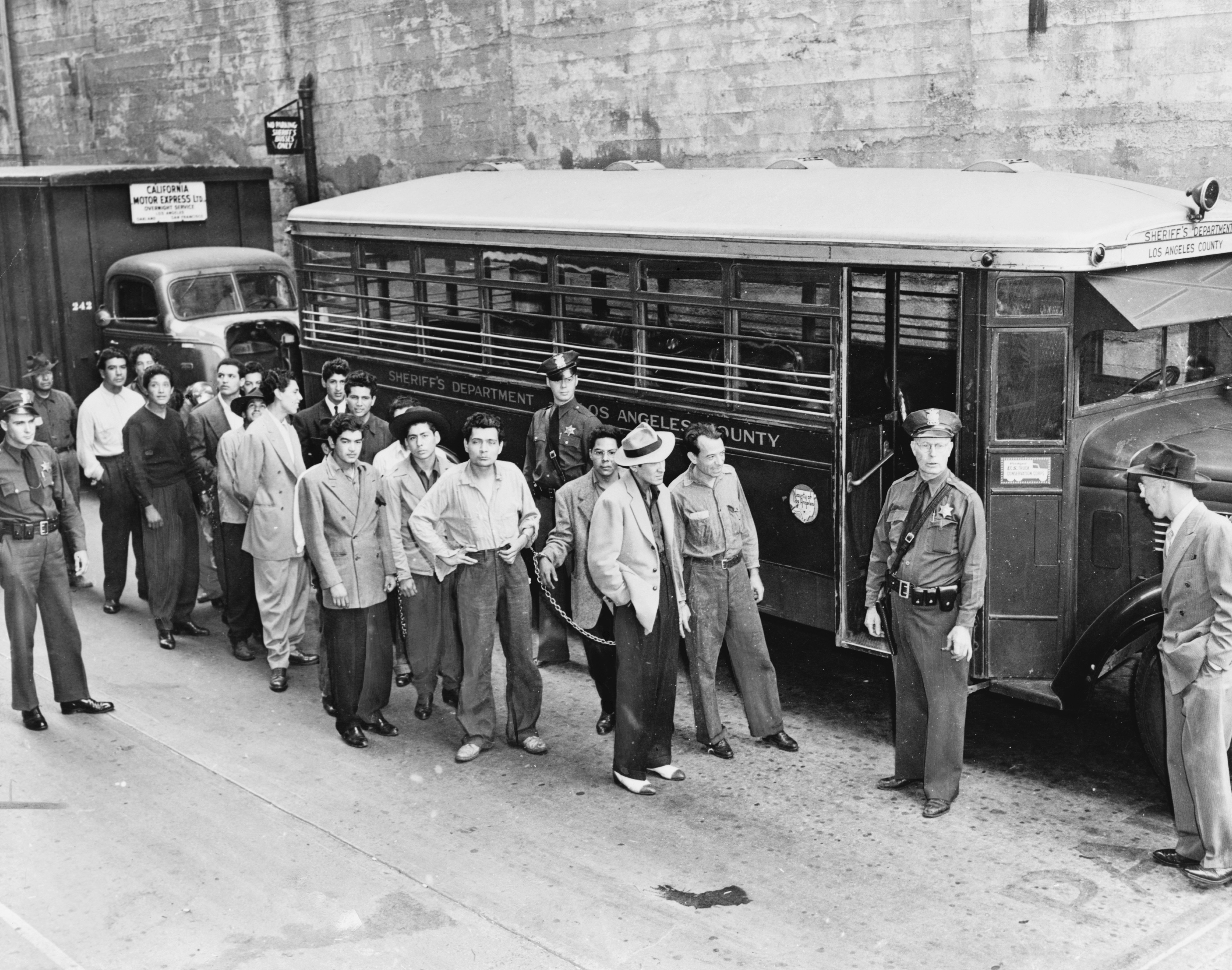
“This film is about reclaiming our narrative,” Maxwell explains. “It’s about showing the world the beauty, complexity, and strength of our culture.”
American Homeboy is available to stream on Apple TV and Prime Video.



